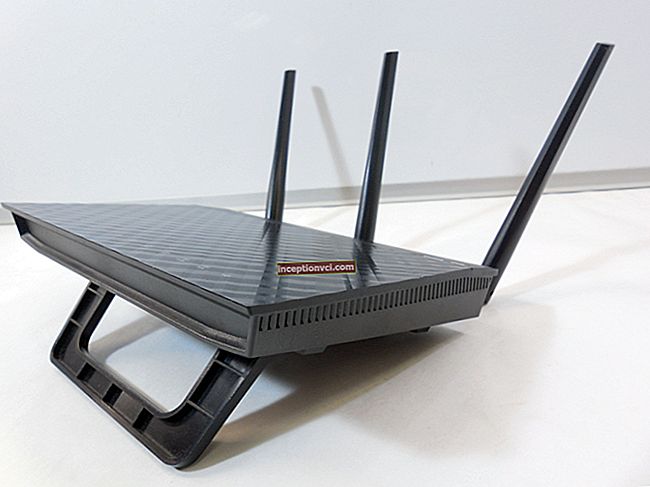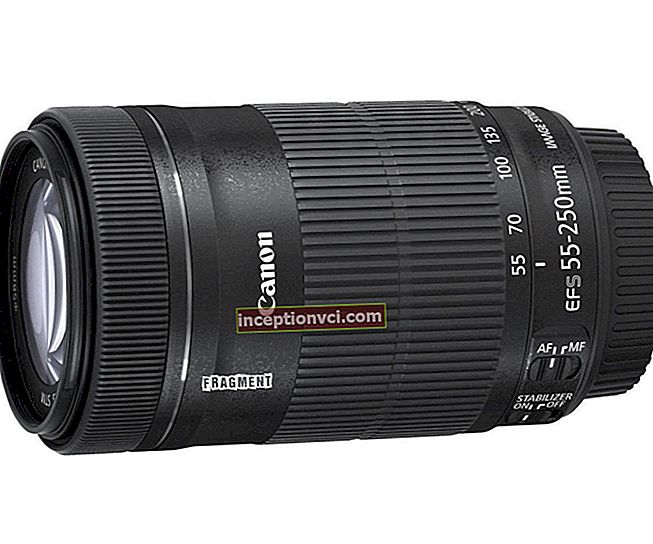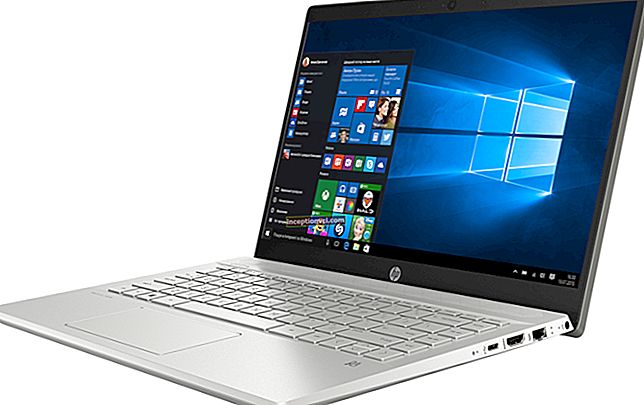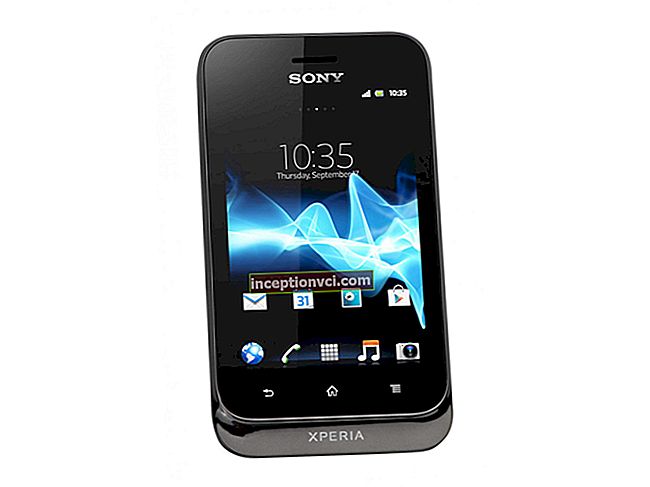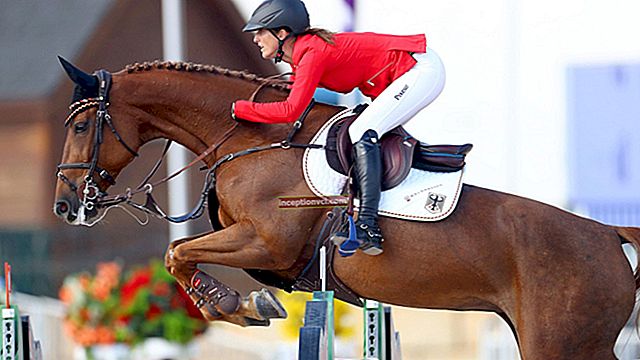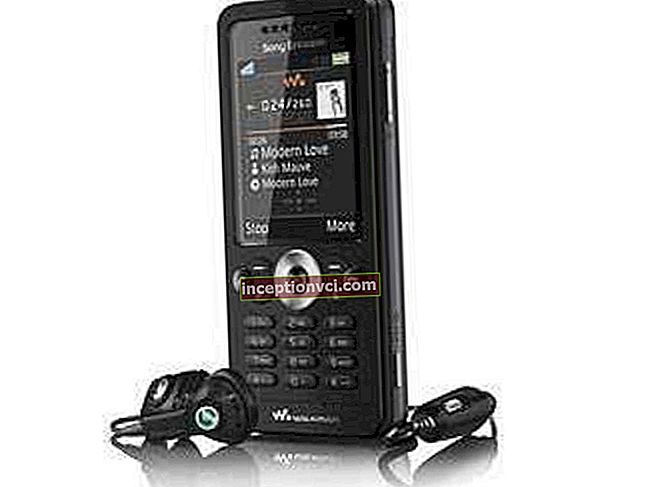Overview Canon PowerShot S3 IS
It is very difficult to determine what the designers of one of the largest giants of the photo industry were guided by when deciding to create another model of megazum.
We would venture to suggest that the release of the new Canon PowerShot S3 IS after the very successful Canon PowerShot S2 IS simply required a period of "spring-summer" upgrades and recommendations from the marketing department, which carefully studied the steps of competitors in the form of cameras Kodak EasyShare P850, Sony Cyber-Shot H2, Panasonic Lumix FZ7.

After getting familiar with the S3's specs and its tiny differences over the S2, it's easy to conclude that this model's arrival is indeed more of a marketing move than an innovative one. The designers have reworked the matrix, increasing its resolution to 6 megapixels. In conjunction with the DIGIC II processor, the new sensor is capable of producing images with ISO 800. The Sports scene program, Color Accent and Color Swap custom color settings, and a wide-angle shooting mode were also added. The size of the LCD has slightly increased - up to 2 inches diagonally. The body has acquired a black color, and the camera itself has become 5 g heavier.
The design, ergonomics and professional camera controls inspire confidence that even a few years ago, when designing the S2 IS (and S1 IS), Canon's designers had a very good idea of what the megazine camera experience would be like for a long time. ... Therefore, we have created the mechanics and controls that successfully help the camera to be sold already in the third "incarnation".
Indeed, the tactile perception of the design is such that there seems to be nothing to complain about - the grip of the camera allows you to hold it firmly and balanced, the main elements are within reach with one hand, the menu is richly and concisely implemented. The camera obviously does not lack buttons - thanks to this, many functions are called directly with one button, without having to scroll through the electronic menu layouts for a long time. The main design element that provides this camera with a significant advantage over competitors is the presence of a tilt-and-turn LCD display, which allows you to build a composition in the most extreme-incredible situations. And although it is half an inch smaller than the fixed LCDs of competing models, we believe that the "swivel" gives the camera more ergonomic-functional points than the 2.5-inch stationary, even with an anti-reflective coating.
The optics of the camera have not been reprocessed since the release of S2. The lens has absolutely the same characteristics: 12x optical zoom in the range of 36-432 mm, aperture F2.7-3.5 and, as expected, the built-in optical stabilization system, thanks to which you can lengthen the critical shutter speed and still get sharp pictures. In other words, such a system is essential for low-light or ultra-long focal lengths without the need for a tripod. We rate her work in the camera as “excellent”.
The speed characteristics of the camera when turned on were significantly redesigned at the "second" stage (during the development of the S2 IS). The manufacturers considered it unnecessary to accelerate the already high-speed record holder - the S3 is also ready to shoot somewhere in 1.5 seconds after turning on. It is very gratifying that despite the increased megapixel (and, accordingly, the size of the final files), the burst speed in high-speed mode remained practically unchanged - about 2.2 fps. Of course, our Canon S3 is far from the performance of the competitor Panasonic FZ7, capable of shooting at 3.2 fps, but with a high-speed SD card, the camera buffer does not fill up, and you can shoot until the card is full.
But the autofocus system in this model has been significantly redesigned. First, the autofocus response is 0.2 seconds faster than its predecessor. It takes about 0.3 seconds to focus in wide-angle mode, and about 0.5 seconds at the longest focus (for Canon PowerShot S2 IS these indicators are 0.5 and 0.7 seconds, respectively). At the same time, the autofocus sensitivity has increased. If the S2 had problems with aiming when shooting at a long focus in low light conditions, the new product has practically solved this problem. Out of 200 shots taken in a wide variety of lighting conditions and at a long focus, only 2 were out of focus.
The shutter lag, which is 0.1 sec, although not long, is still noticeable.
The flash is able to correctly work out details at a distance of up to 5.2 m (when the ISO is set to Auto), while most of the portraits we shot indoors are well-defined, with no bleached areas. True, the autofocus illumination lamp leaves much to be desired - really effective aiming is possible only at a distance of up to 2 m.
An interesting Super Macro mode allows, according to the manufacturer, to focus from 0 cm. In other words, if the edge of the photographed object touches the front lens of the lens, the camera must still focus. We did not conduct such experiments, because in this case the object does not receive illumination from the front, and the shadow from the lens blackens the entire visible field. But from a distance of 0.5 cm, when a certain fraction of the light from the front already falls on the object, focusing really takes place. We do not recommend trying to create an extraordinary picture by leaning the lens close to the model of interest from the microworld, because outside the studio conditions and clear fixation of the camera, this threatens to damage the front lens. But it will certainly be interesting to shoot the pistil of a flower or the texture of a crumb of bread.
Movie mode still supports zoom while recording video, but does not support MPEG-4 compression. Accordingly, each second of video recording in maximum quality 640x480 30 fps takes about 2 MB. Therefore, a gigabyte memory card will only last for 9-10 minutes. But thanks to the presence of a silent high-speed USM (Canon Ultrasonic Motor), the audio stream is practically not distorted by the zoom sound, and in this sense the camera surpasses the competitors.
You should also pay attention to the alternative video mode with a resolution of 320x240 pixels and a frequency of 60 fps. But the ability to take a full-fledged photo frame at the time of video recording will undoubtedly arouse interest among fans of combined shooting.
Analyzing the test images of the camera, we once again observed the cumulative interaction of innovative technologies concentrated in the DIGIC II processor. Pictures have exceptional color reproduction, sharpness, dynamic range. Automatic white balance and exposure metering do their job perfectly. Thanks to a special UD element (Ultra Low Dispersion) in the lens construction, chromatic aberration has been virtually eliminated. Geometric distortions are also so small that they can be neglected. At least their level is lower than that of the S2 IS. Despite the extra megapixel, and thus the reduced total pixel size, digital noise is the same as in S2. At ISO 100 the camera gives the best results, starting from ISO 200 the software “noise reduction” is taken over, and the image loses its original detail. Oddly enough, ISO 400 seemed to us much more useful than ISO 200, and much better than the same mode in S2 - "noise reduction" performs its work less aggressively and in good hands the pictures lend themselves well to noise reduction during post-processing. ISO 800, unfortunately, turned out to be of little use - digital noise eaten up almost everything in its path. Use this mode only in emergency situations.
Key points
Design
The convex shapes of the robust plastic body and the massive grip on the right - an unmistakable design nod to SLR cameras - provide excellent ergonomics. Basic controls are within reach of the fingers of the right hand holding the camera
Interfaces
On the side of the case on the right, just above the memory card slot, there is a high-speed USB 2.0 port and a DC adapter connector. On the opposite side of the case, you can find an audio-video port
Lens
The USM ultrasonic motor is the guarantor of fast and quiet focusing and zooming. 12x optical zoom and optical image stabilization keeps this camera among the best in its class.
Manipulator D-PAD
The main purpose of the manipulator is menu navigation. When working in manual exposure mode, the manipulator is used to adjust the shutter speed and aperture values
Batteries
The camera uses 4 AA cells. A set of rechargeable batteries with a capacity of 2500 mAh is enough for 250-300 shots with the always-on LCD display. Batteries are located in the grip and further contribute to balance
Memory card
On the right side of the case, you will find a compartment for an SD memory card. We recommend that you have at least two gigabyte cards with you - one for photos, the other for video.
pros
- Mega-gas lens with stabilization system
- High-speed indicators of inclusion, autofocus, burst shooting
- Unmatched video recording performance
- Convenient tilt-and-turn LCD display
- Super Macro Mode
- Functional variety and ease of management
- Bright, rich and sharp pictures
Minuses
- Perceptible shutter lag
- Few changes compared to S2 IS
- Videos take up a lot of space
- ISO 800 is of little use in real life
- LCD is difficult to use in bright sun
- Lack of RAW support
Specifications (edit)
Model - Canon PowerShot S3 IS
Number of megapixels - 6.0
Sensor size - 1/2,5"
Maximum resolution - 2816x2112
Lens - f / 2.7-3.5 (36-432 mm)
Zoom - 12x optical, 4x digital
Focus range - 0 cm - infinity
Excerpt - 15 - 1/3200 sec
ISO - auto, 80, 100, 200, 400, 800
Exposure modes - auto, program, shutter speed / aperture priority, manual, macro mode, video mode, scene programs
Video mode - 640x480, 30 fps
Exposure metering - evaluative, center-weighted, point
Flash mode - auto, forced shutdown / trigger, red-eye reduction, slow sync
Interface - USB 2.0, video, audio
Weight - 410 g
Dimensions (edit) - 113x78x76 mm
Batteries - 4 AA batteries
Memory cards - SD
LCD display - 2.0 inches, 115,000 pixels, tilt-and-turn
Note: "How to properly clean the camera lens?"
